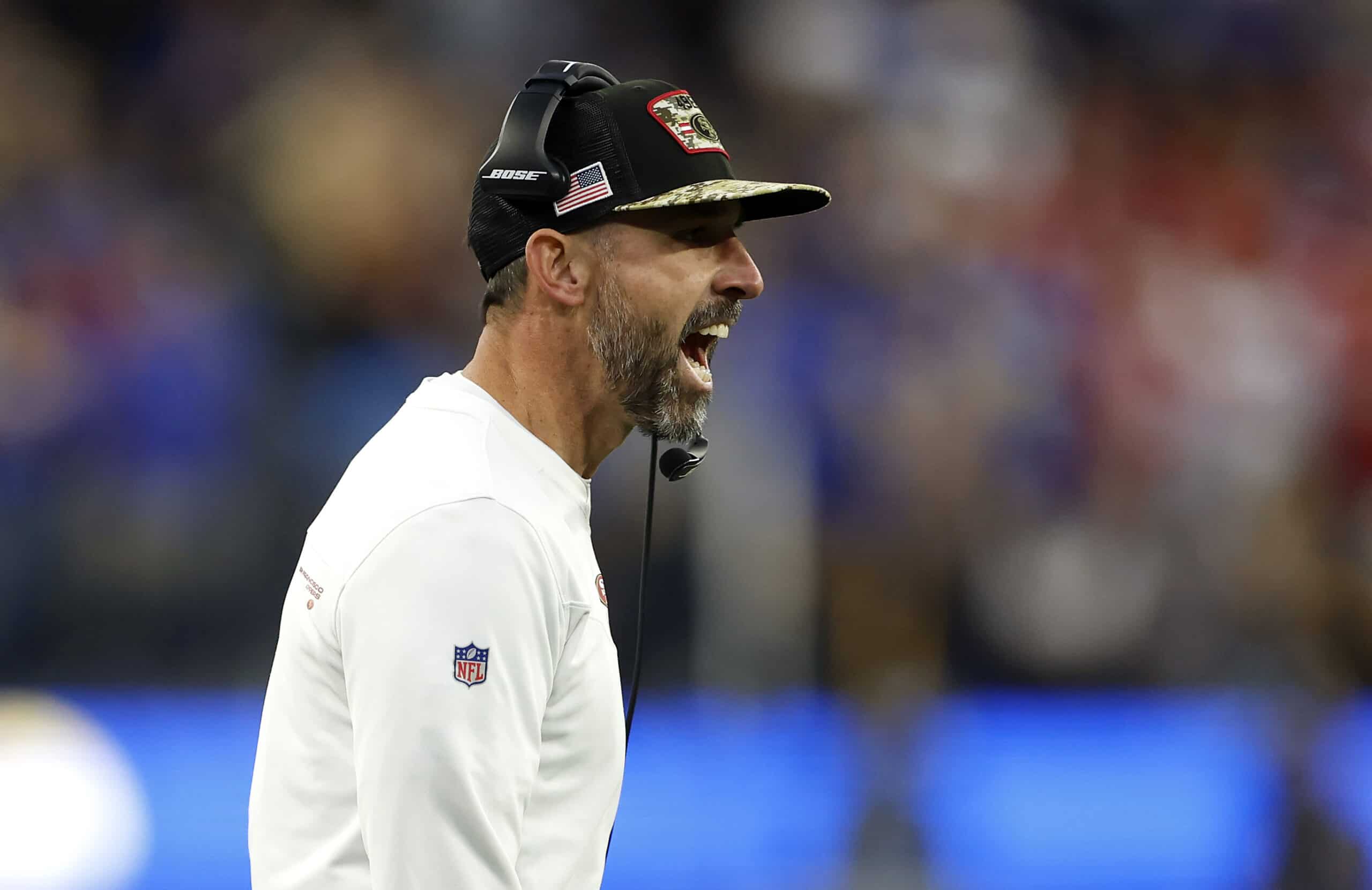Thought this was interesting.
What do you think?

 www.sharpfootballanalysis.com
www.sharpfootballanalysis.com
See rest of the story here https://www.sharpfootballanalysis.com/betting/2023-teams-hurt-helped-nfl-schedule/
What do you think?

Teams Helped & Hurt By NFL Schedule: Chiefs, 49ers, Eagles
NFL rest edge, which teams are helped & hurt the most by 2023 NFL schedule, betting importance of rest edges, Colts, Commanders, Browns, 49ers, Chiefs, Eagles
What You Need to Know:
There are two elements to NFL strength of schedule:
- The Jets, Bears, and Commanders have 12 extra days of rest than their opponents, the most in the league.
- The 49ers have 20 fewer days of rest than their opponents, the fewest in the league.
- The Colts were helped the most by the schedule followed by the Commanders and Browns.
- The Chiefs were hurt the most by the schedule followed by the 49ers and Eagles.
Who each team would play in 2023 was determined months ago, so the strength of opponent was already known, and those rankings can be found on Sharp Football Analysis.
- Strength of opponent
- Difficulty of scheduled timing
When each team would play was not known until last week, however, and that NFL schedule release brought good news for some teams and bad news for several others.
In 2021, we saw 85 games played with a rest disparity between teams. That rose to 93 games in 2022. This year, it has increased to 95 games.
We have a team totaling 28 days of rest disadvantage (most in several years) while another team has zero games with a rest disadvantage.
We have a team totaling 17 days of rest advantage (most in several years) while another team plays zero games with a rest advantage. The total straddle has increased by 45% compared to last year.
Increasingly, the NFL schedule has created haves and have-nots when it comes to rest and prep time, and those differences affect the outcome on the field.
Why Does Rest Disparity Matter?
Net rest is the extra number of rest days a team has over their opponent per game, summed over the course of the season.
Last year, three teams had net rest edges of negative-10 days or worse: Packers (-12), Patriots (-10), and Texans (-10). All three fell below their expected win total.
The two teams with the best net rest edges last year, the Bills (+12) and Lions (+11), went over their win totals. Buffalo hit the over despite one fewer game because of the Demar Hamlin injury, and the Lions were one of the most surprising success stories of 2022.
Rest edges also matter for weekly lines.
Last year, teams with a net rest edge of three or more days went 32-24-1 (57%) and covered the spread at a 54.4% rate.
It is even more valuable later in the season.
Since 2015, teams with a three or more day rest advantage from Week 13 onward have won 55.2% of their games and have covered the spread in 55.7% of games over a 106-game sample.
This is despite the betting lines at times being “adjusted” to account for these rest edges.
Understanding rest and prep advantages is a great way to find an edge both in NFL win totals and weekly game lines.
See rest of the story here https://www.sharpfootballanalysis.com/betting/2023-teams-hurt-helped-nfl-schedule/
